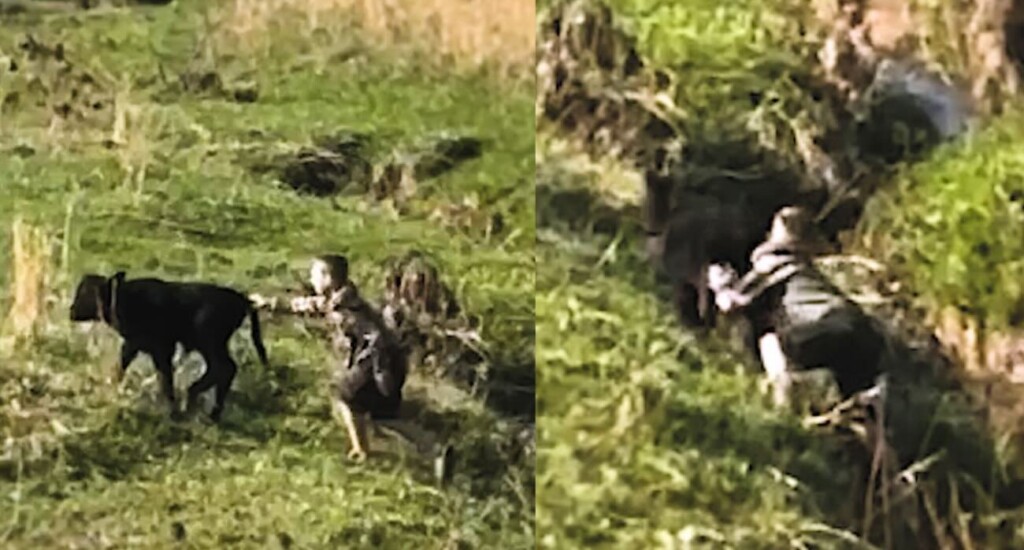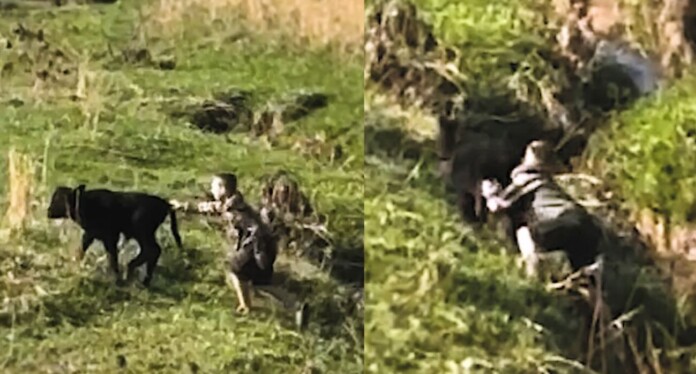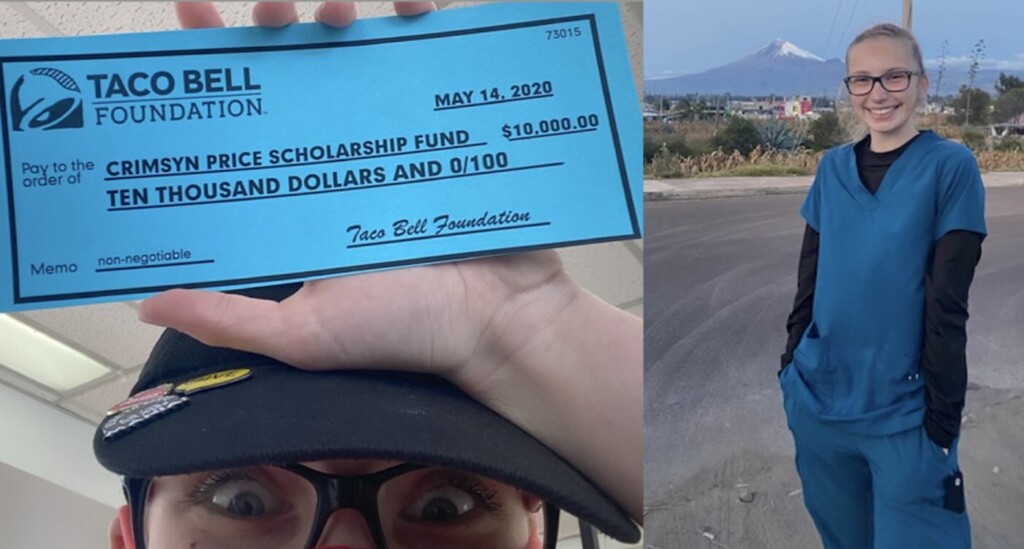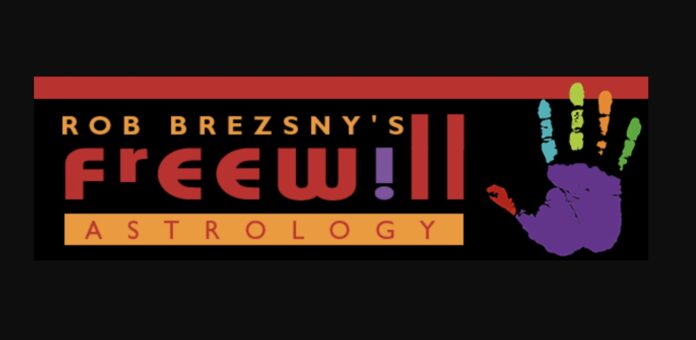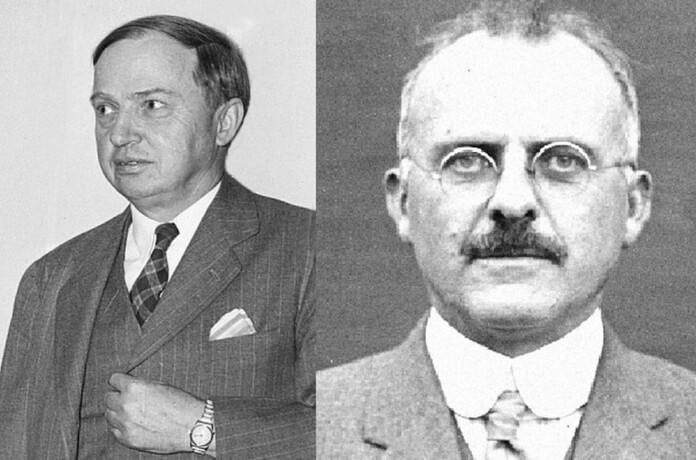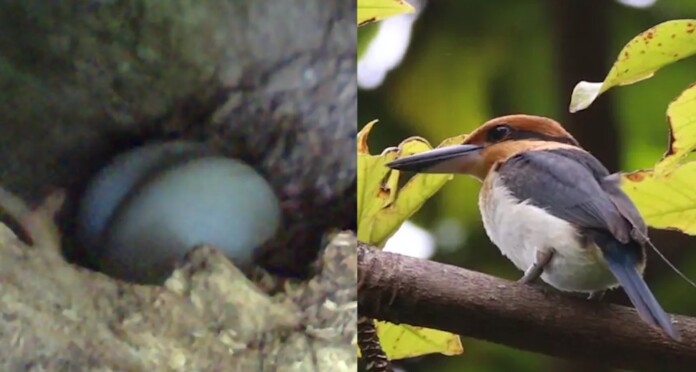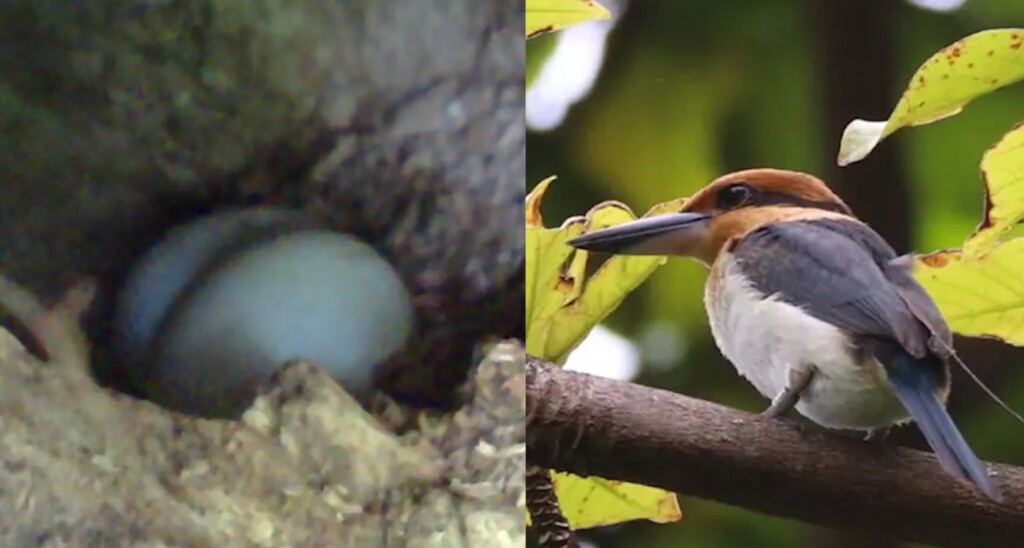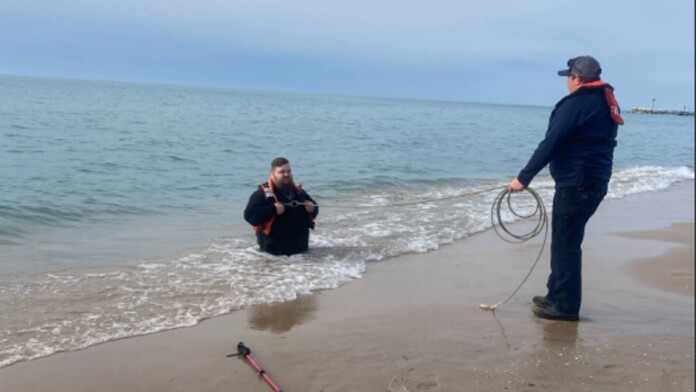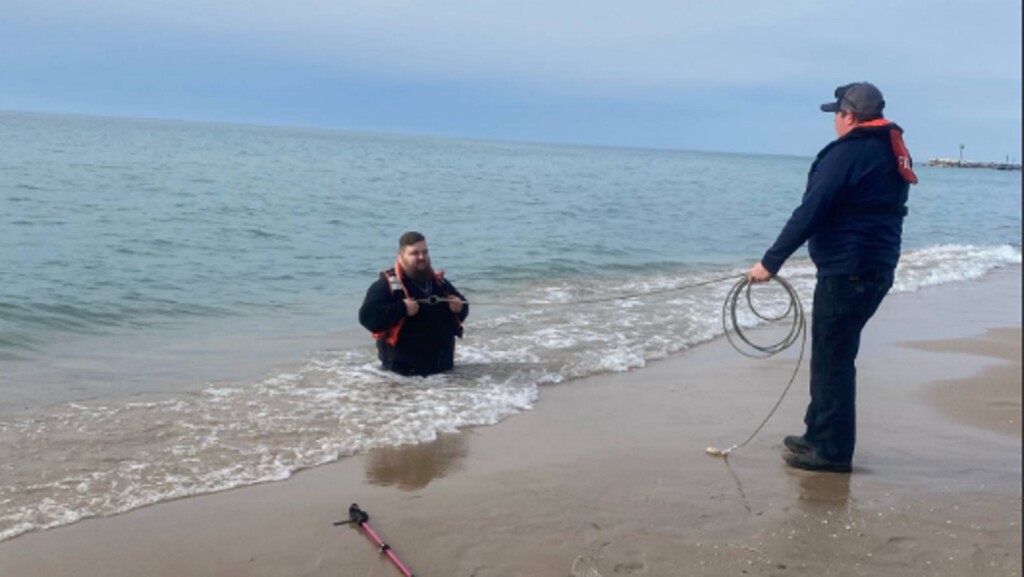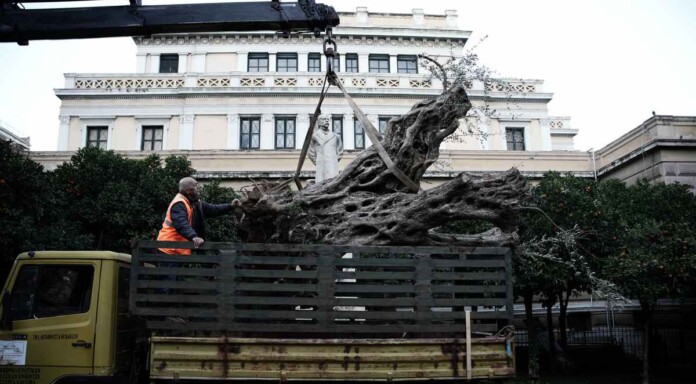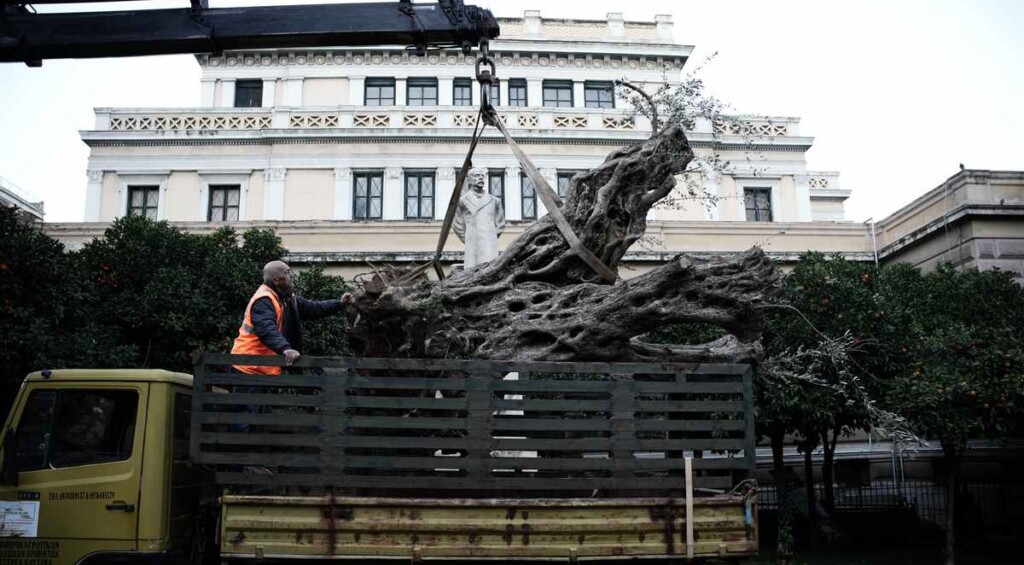Our partner Rob Brezsny, who has a new book out, Astrology Is Real: Revelations from My Life as an Oracle, provides his weekly wisdom to enlighten our thinking and motivate our mood. Rob’s Free Will Astrology, is a syndicated weekly column appearing in over a hundred publications. He is also the author of Pronoia Is the Antidote for Paranoia: How All of Creation Is Conspiring To Shower You with Blessings. (A free preview of the book is available here.)
Here is your weekly horoscope…
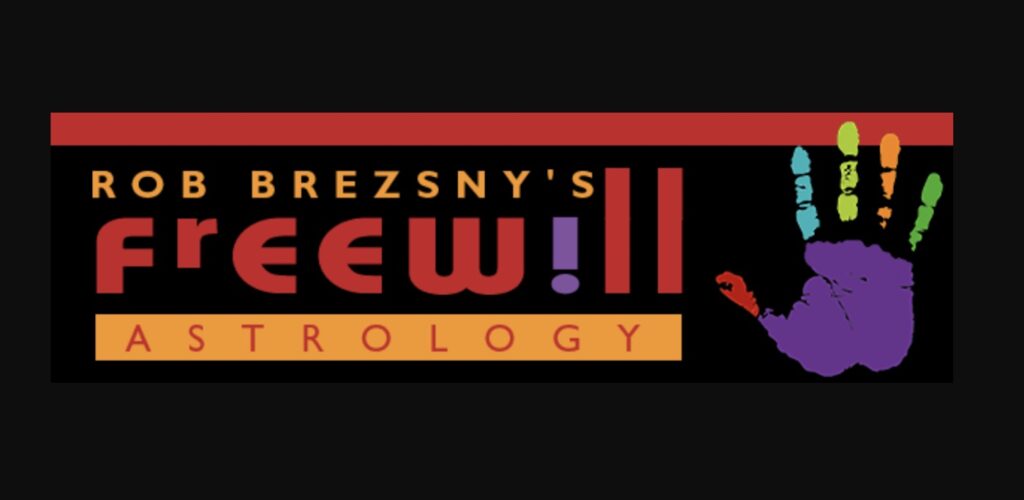
FREE WILL ASTROLOGY – Week of April 26, 2025
Copyright by Rob Brezsny, FreeWillAstrology.com

TAURUS (April 20-May 20):
You can’t see or hold the wind, though you can feel its force and observe its effects. It scatters some seeds far and wide, dispersing them to grow in unexpected places. When harnessed by turbines, the wind is a renewable energy source. It can be utilized to pump water and fuel telecommunications equipment. Winds influence daily weather by transporting water and heat. I have summarized wind’s qualities because I see this upcoming phase of your cycle as being wind-like, Taurus. You won’t necessarily have to be vivid and obvious to spread your influence. You will be able to work behind the scenes in potent ways. Who knows where your seeds will land and germinate? There will be surprises.

GEMINI (May 21-June 20):
The Earth’s first big ecological crisis happened 2.5 billion years ago. Ancient bacteria became a successful life form. They proliferated. The only problem was, they produced an abundance of oxygen, which was toxic to all the other existing life forms at that time. And yet that bump in evolution was ultimately essential in the rise of complex organisms that thrive on oxygen, like us. We wouldn’t be here today without bacteria’s initially problematic intervention. Nothing as monumentally major or epic will occur for you in the coming weeks, Gemini. But I do suspect that what may initially seem disruptive could ultimately generate positive outcomes. I hope you prime yourself to transform challenging situations into opportunities for growth. For best results, set aside your fixed beliefs about what’s necessary for maximum progress.

CANCER (June 21-July 22):
From the 17th through the 19th centuries, Paris was famous for its salons. There, artists, writers, and big thinkers assembled to exchange ideas and inspire each other. The salons were often orchestrated by illustrious, educated women in their private homes. They were hotbeds of networking and cultural innovation. Listening and learning were key elements. Now would be an excellent time for you to organize, host, or encourage similar gatherings, Cancerian. You have extra power to facilitate the stellar socializing that generates zesty connections and spreads invigorating influences.

LEO (July 23-Aug. 22):
Harriet Tubman (1822–1913) was one of the bravest Americans who ever lived. After escaping enslavement, she heroically returned to other southern plantations many times to help free enslaved people. To accomplish her miraculous rescues, she relied in part on her dreams and visions—what she called divine guidance—to navigate through challenging situations. I suspect you will soon have access to similar assets: extraordinary courage and help from unusual or even supernatural sources. Use these gifts wisely, Leo!

VIRGO (Aug. 23-Sept. 22):
The nations of planet Earth launched 263 space flights in 2024 and are on track for over 300 in 2025. Most of the satellites and spacecraft are devoted to scientific research. A relatively small proportion is dedicated to communication, navigation, and military uses. I would love for you to have an equally high level of exploratory and experimental energy in the coming weeks, Virgo. You will align yourself with cosmic rhythms if you spend more time than usual exploring the frontiers. It’s time to expand and extend yourself!

LIBRA (Sept. 23-Oct. 22):
What’s the oldest living organism on Earth? It’s a bristlecone pine tree nicknamed “Methuselah.” Almost 4,800 years old, it resides somewhere in California’s White Mountains, though its precise location is kept secret to protect it. In the spirit of shielding and nurturing valuable things, I urge you to consider maintaining similar safeguards in the coming weeks. Like Methuselah, your precious processes and creations might thrive best when allowed to grow free from undue attention. You may benefit from maintaining privacy and silence about certain matters as they develop.

SCORPIO (Oct. 23-Nov. 21):
I love to gaze out my office window at Gallinas Creek during high tide. At certain interludes, the water is perfectly still. It almost perfectly reflects the sky in every detail, with all its clouds, birds, and hues of blue. My conscious mind knows the difference between the real sky and reflected sky, but my eyes can’t discern. That’s a helpful metaphor for all of us all the time, and especially for you in the coming weeks. It will be crucial for you to maintain an acute awareness of what’s genuine and what’s illusory.

SAGITTARIUS (Nov. 22-Dec. 21):
Sagittarian anthropologist Margaret Mead (1901-1978) revolutionized her field. She didn’t study other cultures from a distance with a detached scientific perspective. Instead, she learned their languages and immersed herself in their daily lives. So she earned the intimate understanding to conclude, “What people say, what people do, and what they say they do are entirely different things.” This is a crucial principle for you right now. You must directly observe people’s actions rather than simply believing what they say about themselves—or what others say about them. You must look beyond surface declarations to understand the deeper rhythms and patterns. Be a devoted participant, not an uninvolved judge.

CAPRICORN (Dec. 22-Jan. 19):
Capricorn mystic Alan Watts wrote The Book: On the Taboo Against Knowing Who You Are. He proposed that each of us is far more glorious than our separate, isolated egos. It’s difficult to come to this understanding, however, since our culture conspires to hide it from us. That’s the bad news. The good news, Capricorn, is that you will have an unprecedented chance to partly shatter this taboo in the coming weeks. I have high hopes that you will discover deep truths about yourself that have previously been unavailable.

AQUARIUS (Jan. 20-Feb. 18):
Beginning in 1946, Bedouins exploring caves near the Dead Sea discovered an immense trove of ancient documents written on parchment. These manuscripts provided many new revelations into early Christianity, Biblical texts, and the history and culture of Judaism. I suspect that in the coming weeks, you may experience a metaphorical equivalent of this breakthrough and unveiling. To prepare, meditate on these questions: 1. What mysterious parts of your life story would you like to have illuminated? 2. About which aspects of your past would you like to receive new truths? 3. Is there anything missing in your understanding of who you really are?

PISCES (Feb. 19-March 20):
White light enters a glass prism and is translated on the other side into a rainbow of colors. That’s because each color rides its own wavelength, even while seamlessly blended in the white light, and then gets bent differently by the prism. The magic of the prism is that it reveals the hidden spectrum within, the latent diversity contained within the apparently monolithic beam of white light. In the coming weeks, Pisces, I predict that you will be like a prism, bringing out vibrancy in situations or relationships that may seem nondescript or mundane at first glance. Your ability to discern and appreciate multiple perspectives will enable you to create an intriguing kind of harmony. You will have the power to notice and reveal beauty that has been veiled or unnoticed.

ARIES (March 21-April 19):
Aries filmmaker Akira Kurosawa devoted meticulous attention to weather conditions. He would postpone shooting a particular scene for days, waiting for the influx of the exact right blend of wind, clouds, or precipitation to create the ideal ambiance. I recommend you adopt his patient sense of timing in the coming weeks, Aries. While you typically prefer direct action, now is a favorable phase to coordinate your desire to get what you need with life’s changing conditions. What advantages might you gain by waiting for the perfect moments to arrive?
WANT MORE? Listen to Rob’s EXPANDED AUDIO HOROSCOPES, 4-5 minute meditations on the current state of your destiny — or subscribe to his unique daily text message service at: RealAstrology.com
SHARE The Wisdom With Friends Who Are Stars in Your Life on Social Media…
